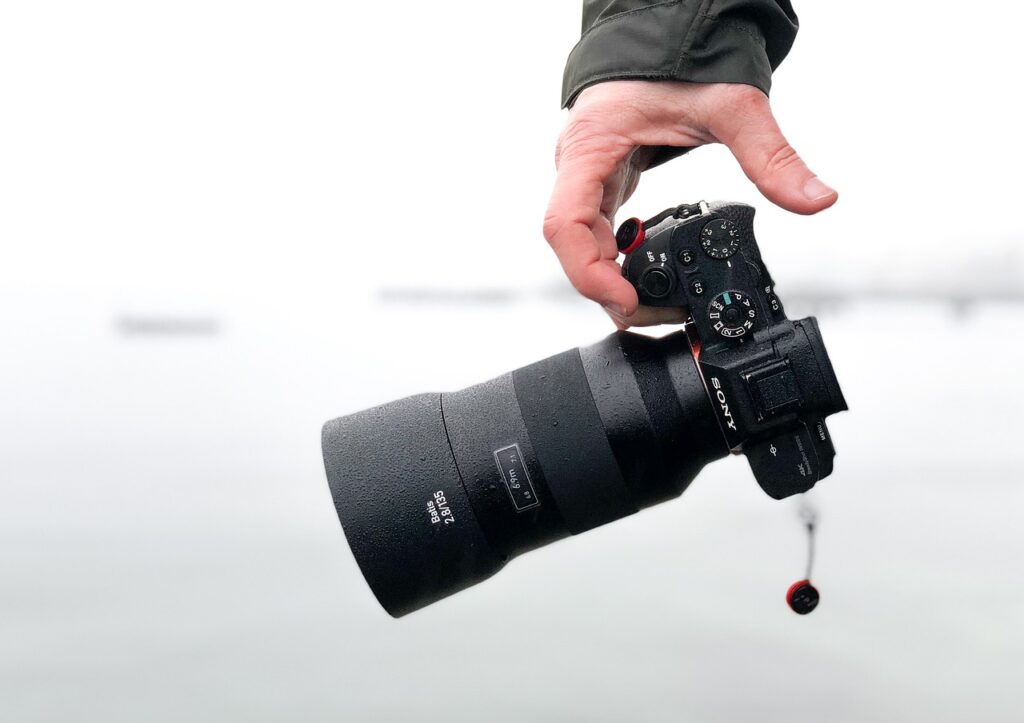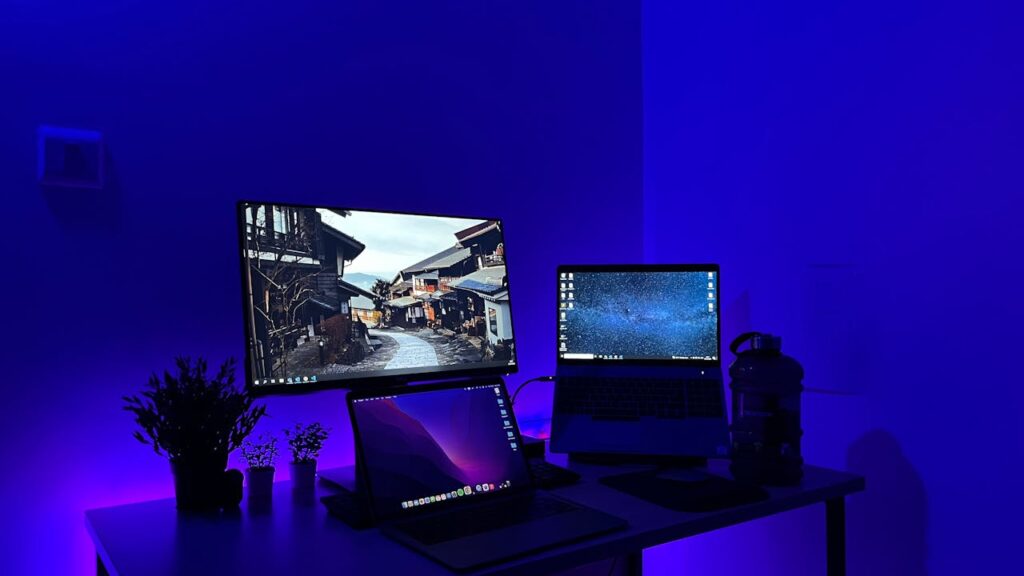In today’s fast-paced digital world, selecting the best digital camera has never been more essential for both amateur photographers and seasoned professionals. With countless options available, understanding your unique needs is key to making an informed decision. This guide will walk you through the critical components of digital cameras, ensuring you find one that fits your lifestyle, budget, and creative aspirations. From sensor types to lens compatibility, we will cover everything you need to consider when embarking on this exciting journey.
Choosing the right digital camera can feel overwhelming given the myriad of options available in the market today. Whether you’re a beginner looking to capture family memories or an experienced photographer ready to invest in high-end equipment, the camera you choose will play a pivotal role in your photographic endeavors. In this article, we’ll explore essential factors to help you make an informed decision.
What is the difference between a DSLR and a mirrorless camera?
Both DSLRs and mirrorless cameras have their advantages. DSLRs utilize a mirror system for capturing images, while mirrorless cameras are typically lighter and more compact due to the absence of a mirror mechanism. The choice largely depends on personal preference and intended use.
Is it worth investing in additional lenses?
Absolutely! Additional lenses can significantly enhance your photography by providing versatility. Different lenses cater to various styles, such as portraits, landscapes, or macro photography, allowing you to expand your creative range.
How do I determine my budget for a digital camera?
Establishing a budget involves considering not only the camera’s cost but also potential expenses for accessories like lenses, memory cards, and tripods. It’s wise to assess what features you prioritize most, which can ultimately affect your spending.
Understanding Sensor Types
The sensor is the heart of any digital camera, as it directly affects image quality. There are primarily two types of sensors: Full-Frame and Crop Sensors (APS-C).
- Full-Frame Sensors
- Larger size allows for better low-light performance.
- Greater dynamic range, capturing more detail in highlights and shadows.
- Ideal for professional photography, especially in portrait and landscape settings.
- Typically more expensive due to advanced technology.
- Crop Sensors (APS-C)
- Smaller size makes them generally more affordable.
- Provides a crop factor, enhancing telephoto capabilities.
- Suitable for casual photographers or those transitioning into more serious photography.
- Lighter and easier to handle, beneficial for travel photography.
Evaluating Megapixels
When discussing digital cameras, megapixels often come up; however, they don’t tell the entire story regarding image quality.
- What Are Megapixels?
- A megapixel is one million pixels and relates to the resolution of the photo.
- Higher megapixels allow for larger prints without loss of quality.
- Optimal Megapixel Count
- Generally, a camera with 12-20 megapixels suffices for most users.
- More megapixels are advantageous for cropping and printing large photos.
- Usage Considerations
- For social media and everyday snapshots, lower megapixels may be adequate.
- Professional photographers may require higher counts for detailed work.
Lens Compatibility
Understanding lens compatibility is crucial, as the right lens can dramatically influence your photography style.
- Interchangeable Lenses
- Allow customization for different shooting scenarios.
- Available in prime (fixed focal length) and zoom (variable focal length) options.
- Lens Mount System
- Different camera brands have distinct mounts (e.g., Canon EF, Nikon F).
- Ensure the camera’s mount is compatible with the lenses you wish to use.
- Budget for Lenses
- Quality lenses can sometimes cost more than the camera body itself.
- Factor in future lens purchases when budgeting for your camera.
Features and Functionality
Modern digital cameras come packed with features that can elevate your photography experience. Here are some important features to consider:
- Image Stabilization
- Helps reduce blurriness from shaky hands.
- Crucial for handheld shooting, especially in low light conditions.
- Autofocus Systems
- Faster and more accurate autofocus improves shot accuracy.
- Look for cameras with multiple focus points for greater flexibility.
- Burst Mode
- Captures multiple images in quick succession.
- Perfect for action shots or events where timing is critical.
- Connectivity Options
- Wi-Fi/Bluetooth for easy sharing of images.
- Allows remote control through mobile devices for unique angles.
Size and Weight
The size and weight of a camera can greatly impact usability, especially for travel or outdoor photography.
- Compact vs. Full-Size
- Compact cameras are lightweight and portable, ideal for casual shooters.
- Full-size DSLRs or mirrorless cameras provide superior image quality but can be bulkier.
- Ergonomics
- Ensure the camera feels comfortable in your hands.
- A good grip and intuitive layout enhance the shooting experience.
- Travel Friendliness
- If traveling frequently, consider a lightweight option to avoid fatigue.
- Some models offer versatile features in smaller bodies.
Selecting the best digital camera tailored to your unique needs requires careful consideration of several factors, including sensor type, megapixels, lens compatibility, features, and overall size. By understanding these elements, you can make a more informed purchase that aligns with your photography goals and lifestyle. Remember, the perfect camera is one that empowers you to capture life’s moments beautifully.










